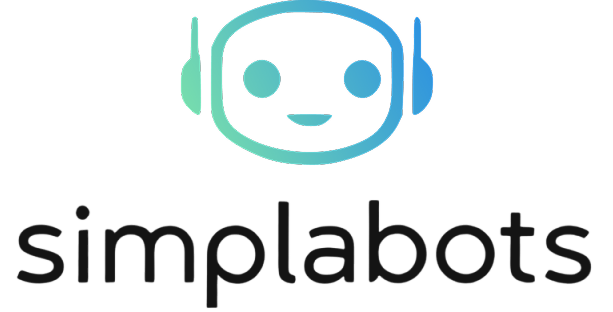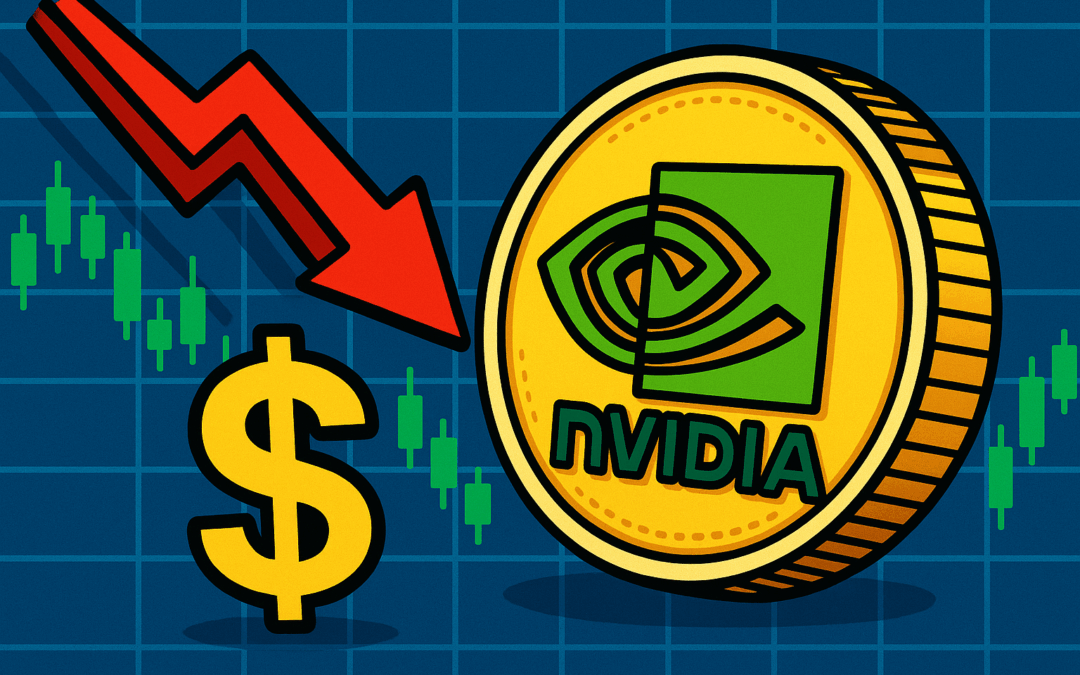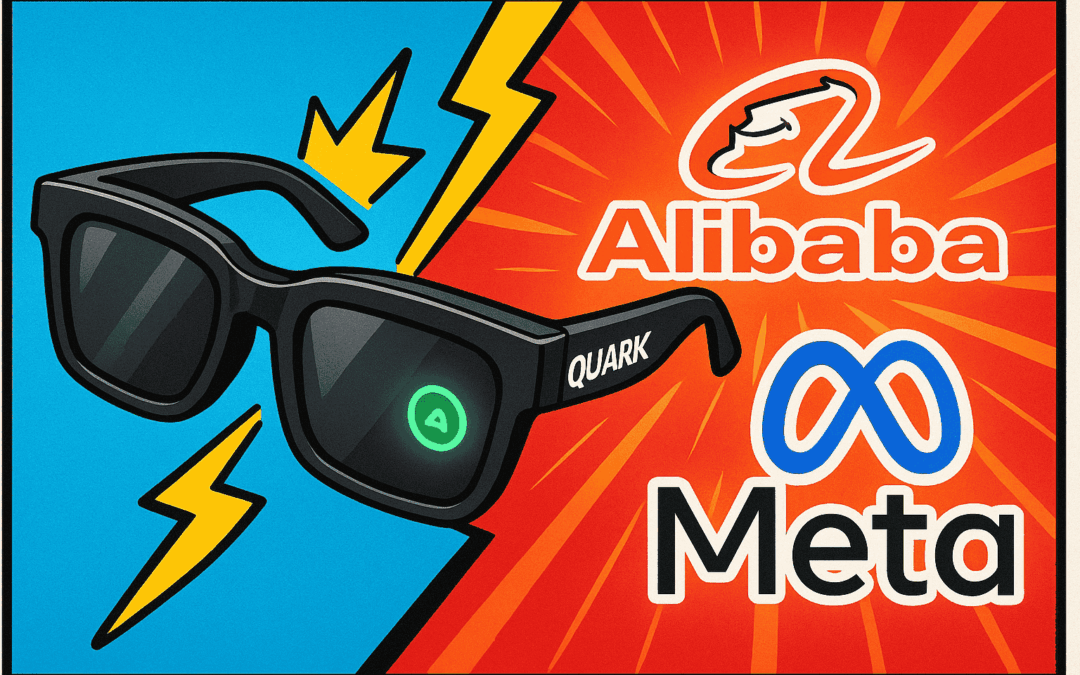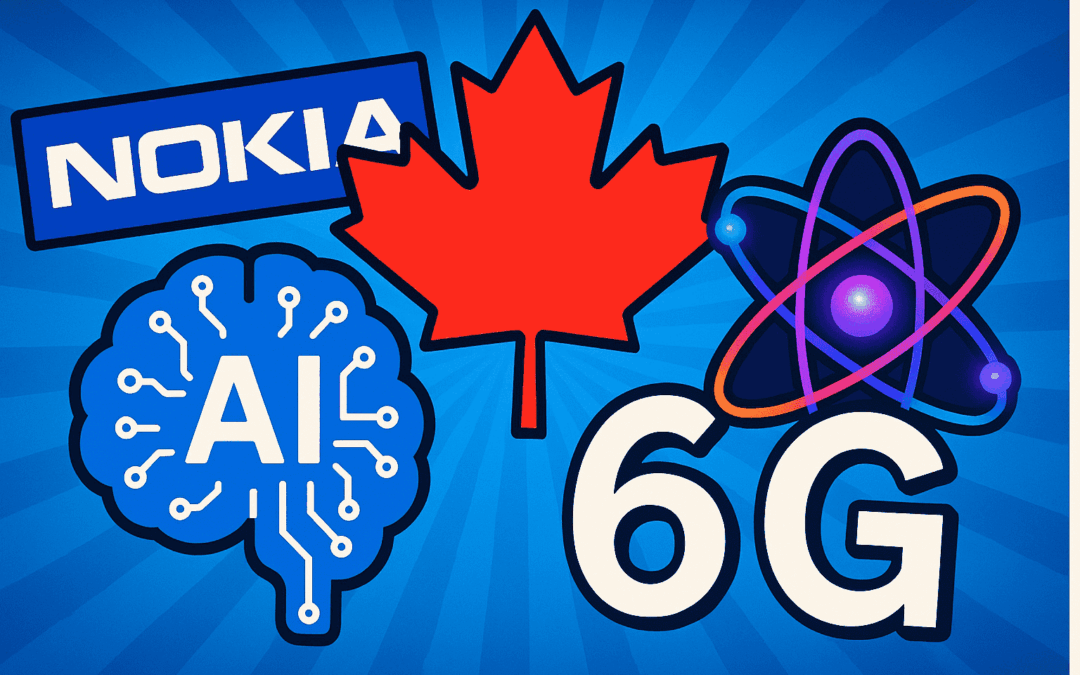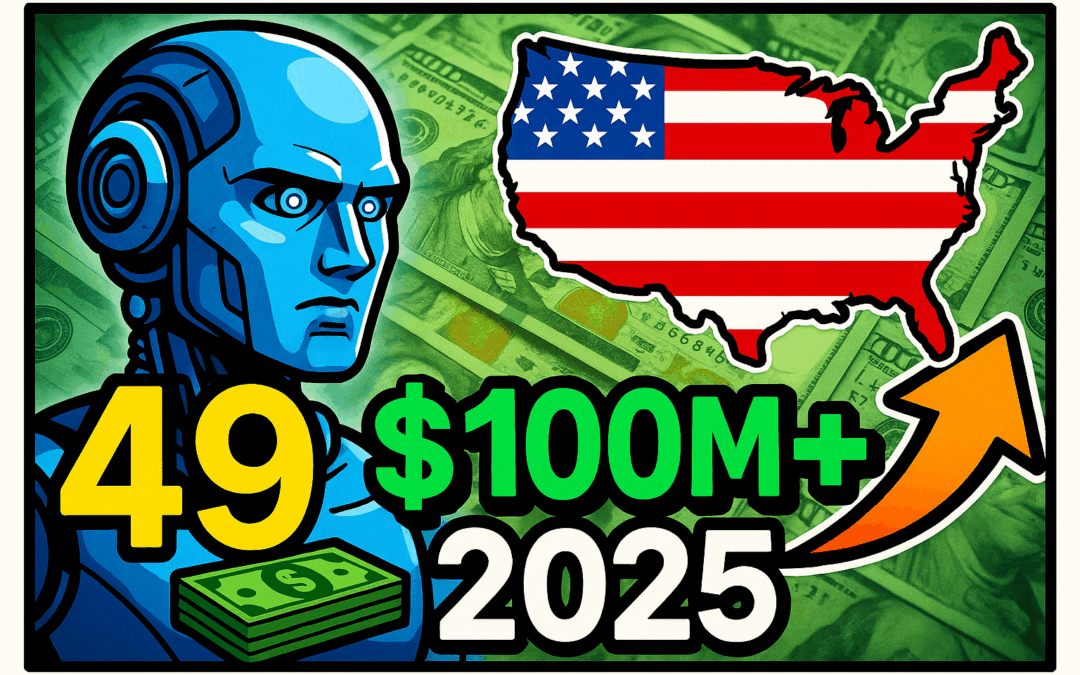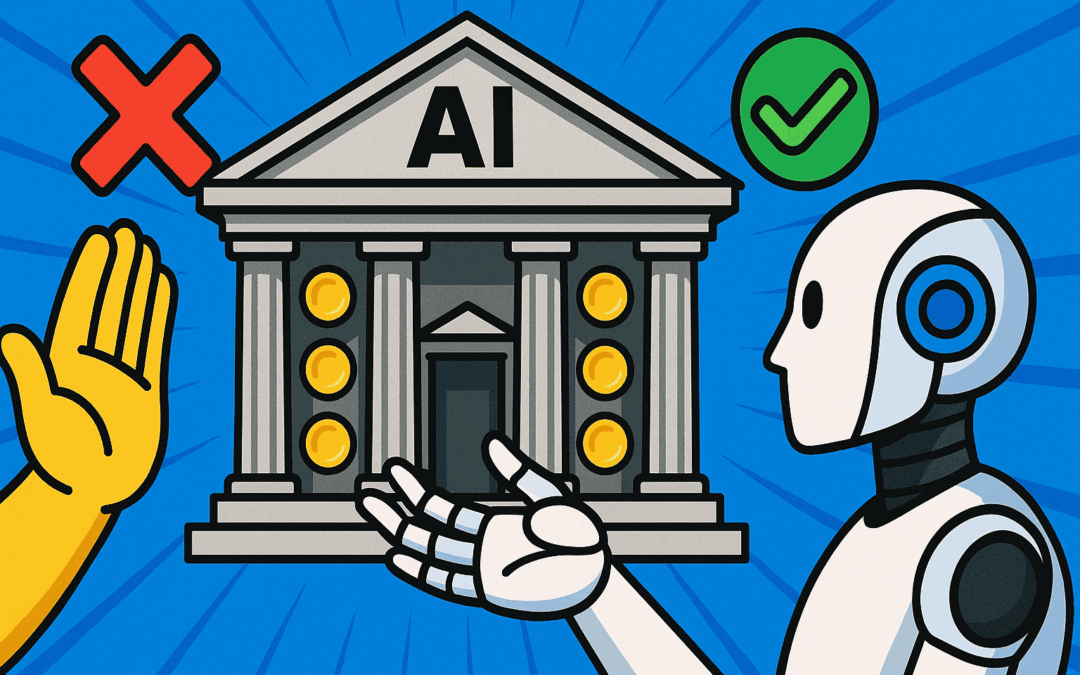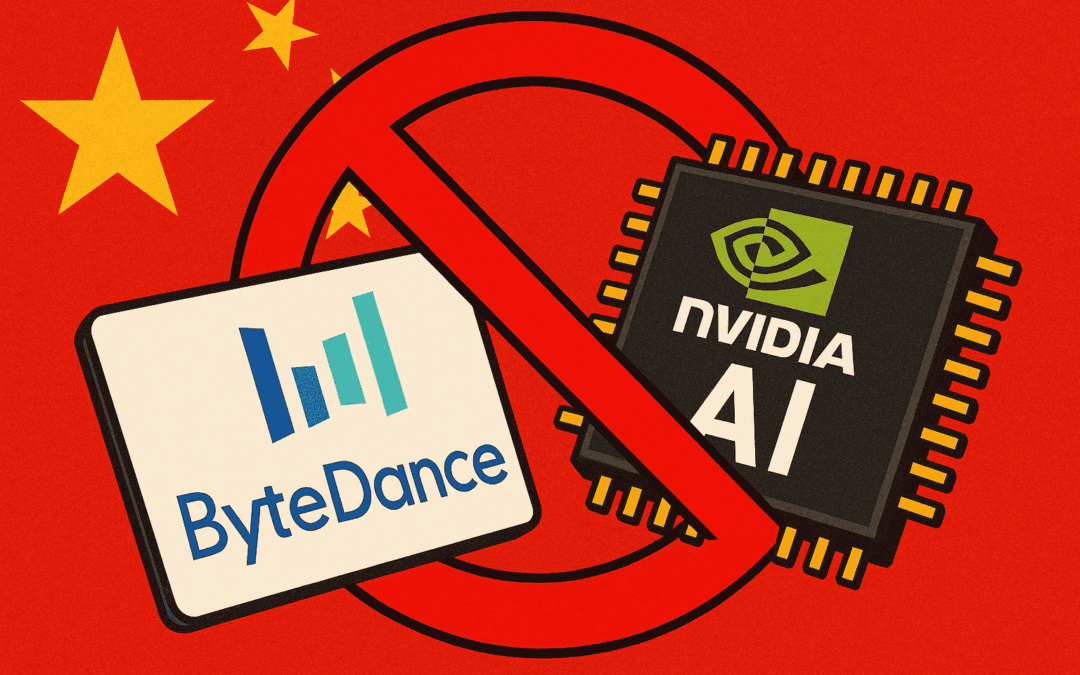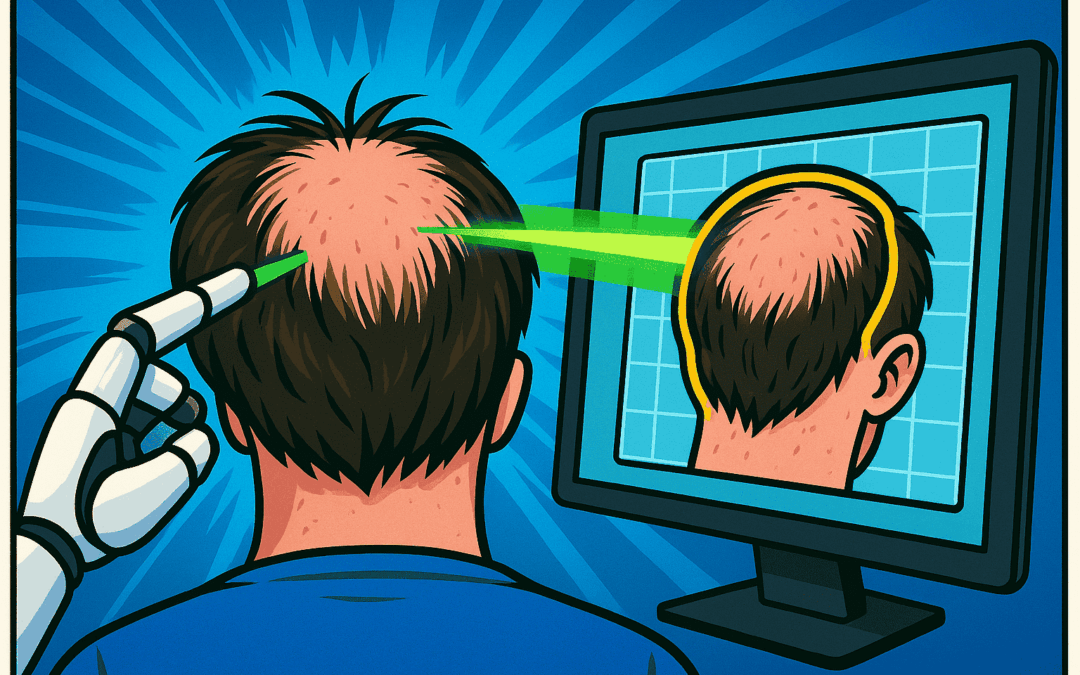Figma and Google have announced a strategic integration, infusing Google’s Gemini AI into Figma’s design platform.
This collaboration marks a significant step in merging advanced generative AI tools with collaborative design workflows, expanding real-world applications for designers, developers, and AI experts.
Key Takeaways
- Figma will embed Google’s Gemini AI, bringing generative AI tools directly into its popular design suite.
- This partnership enables features such as instant asset creation, smart suggestions, and rapid prototyping within Figma.
- Developers can leverage LLM-assisted coding for Figma plugins, streamlining extensions and automations.
- The integration aims to accelerate design-to-development pipelines for startups and enterprises alike.
Deep Dive: What the Figma-Google Partnership Means for AI in Design
Figma, long recognized for its collaborative approach to digital design, is now embedding generative AI directly into its design process via Google’s Gemini AI suite.
According to TechCrunch and additional coverage from The Verge and ZDNet, this move signals a broader industry trend toward placing AI at the heart of productivity tools.
“Generative AI in design platforms is shifting creation from manual effort to intelligent collaboration.”
Real-World Applications and New Capabilities
The integration of Gemini AI unlocks several features:
- Instant Asset Generation: Designers can describe an idea or style, and Gemini creates icons, layouts, or imagery in seconds.
- Smarter Prototyping: Gemini suggests user flows, generates responsive UI states, and adapts designs according to best-practice patterns.
- AI-Powered Feedback: The AI provides contextual suggestions, detects accessibility issues, and assists with copywriting for UI text.
- Enhanced Plugin Development: Developers receive autocompletion, code recommendations, and debugging assistance when building Figma plugins via Gemini’s LLMs.
“By directly integrating Gemini, Figma is transforming workflows—empowering teams to iterate at AI speed.”
Implications for Developers, Startups, and AI Professionals
For startups, this partnership substantially lowers the barrier to high-quality design, making advanced asset creation accessible without large design teams.
Developers can now supercharge their Figma plugin workflows with LLM-assisted code—enabling rapid prototyping, automation, and customization inside the platform.
AI professionals will note the deliberate move by Figma to leverage Google’s enterprise-grade AI capabilities (rather than building standalone models), which may set a precedent for other SaaS providers.
The synergy between generative AI and UI/UX tooling promises to make product development more agile, accelerating time-to-market for digital products.
The Road Ahead
As generative AI gets deeply woven into design platforms like Figma, expect new opportunities for low-code and no-code innovation.
This alignment between top-tier AI infrastructure and best-in-class design workflows signals a shift towards even more collaborative, efficient, and creative software development.
“Enterprises and early-stage teams alike should prepare for ever-closer collaboration between AI, design, and development.”
Source: TechCrunch
